Tucked away in the herbaceous border of one of the voluptuous gardens at the recent Chelsea Flower Show, the world’s largest, were simple heads of lettuce. Dedicated to smallholder farmers, the display in question was The Garden of the Future, dealing with the threat of climate change. It demonstrated how attractive could be the appearance of edible flowers and leaves among more conventional plants.
My first-ever garden, sown when I had scant beans to rub together to plant many of them, was a rug-sized space behind my equally small and mildewed apartment. I set out rows of purple-leaved beetroot interlaced with fronded carrots, haricots that climbed up sweetcorn stalks, radishes along the borders, tomato and courgette/zucchini plants in pots, and lettuces in every remaining space. The garden fed me the year round.
Not rich enough to let anything go to waste, I came to respect my lettuces. Previously I had only seen them as foils for vinaigrette and a means of adding easy greenery to my main supper dish. But if I managed to get to their outer leaves before the snails, I could make a nutmeg-scented soup with them, or turn them with the addition of radish leaves and over-bloated zucchini into an inauthentic chunky sauce for pasta. Inauthentic because lettuces are a rare sighting in Italian cooking, let alone their salads, rocket/arugula being the mainstay of a category that is otherwise restricted to sliced tomatoes.
The 17th century English diarist and gardener John Evelyn wrote the lettuce “ever was and still continues the principal foundation of the universal Tribe of Salads; which is to cool and refresh.” The Ancient Greeks probably valued it more for the properties to induce sleep they believed were held by lettuce milk, the sap that leaks from the cut stalk of a bolted lettuce. Their lettuces came predominantly from the island of Kos, which is why Romaine lettuce used to be better known in Britain as Cos lettuce, a word now relegated to the status of crossword clue.
In Ancient Egypt, an arid country you would have thought unsuitable for the growing of lettuces, they were sacred to Min, god of fertility, virility, and sexual potency whose cult originated in 4th century BC. He was usually portrayed with an impressive erection, should there have been any doubt about what he stood for, so to speak.
Important in Min worship was Lactuca serriola, an edible wild prickly progenitor of our familiar lettuce, said to have both aphrodisiac and opiate qualities, a surely combative coupling. The latex the stalk weeps when cut was associated with semen. In the chapel at Karnak of Pharaoh Senusret I, who ruled from 1971 to 1926 BC, Min is depicted against a background of three tall lettuces, said to be a representation of phalluses.
And you thought this was a food column.
It’s easy to get a touch snooty about lettuce varieties. People sneer at Iceberg. But I’ve a soft spot for it as a crunchy conveyance of dressing when sliced into thick tranches and soused in a blue cheese glop with a few marinated anchovies in a low-rent Caesar salad. Better still is the Iceberg leaf as slice of bread. I make a layered wrap, smearing them with crunchy peanut butter lightly sprinkled with sea salt, possibly some Togarishi, the Japanese chilli spice, and stack them three or four deep, then roll them up and munch. They’re a whole lot more seductive than those humus-squelching tortilla wraps which look like a filled baby’s diaper. (I wish I could say I invented that comparison. But much-missed food writer A.A. Gill came up with it. I haven’t been able to eat a wrap since.)
Crunch is often the lettuce’s only job. Think about a Vietnamese summer roll; or the lettuce leaves in which to wrap crispy Bánh Xèo eggy pancakes, along with holy basil, mint and coriander/cilantro.
At school, we were fed a soggy salad of floppy-leaved lettuce with quarters of crisp tomato and halves of hard-boiled egg, all smothered in Salad Cream, a dastardly mayonnaise-like invention of 1914 by the manager of Heinz’ British division, Charles Helen. This, with damp slices of cucumber and leaking beetroot, was (and widely still is) the salad beloved of the British. When Heinz decided to discontinue Salad Cream, public outcry forced them to rescind. These days, I love Butter or Butterhead lettuce, the floppy leaves of those somehow seductive. The only lettuce varieties I see no point in are Oak Leaf and red Lollo Rosso.
The thing about lettuce, now that warmer weather is upon us, is that you don’t need a garden to grow it. Cut-it-and-come-again types can deliver salad summer-long from a large flowerpot.
Little Gem, Cos or Romaine (but not the other varieties) take to heat, so could be repositioned as a general vegetable, not just as a salad leaf. Slice Little Gem (in the US, ‘Baby Romaine’) through the middle from top to bottom, brush both sides generously with olive oil and grill them on a ridged griddle if you have one or in a dry frying pan, till softened and charred. Top with grated Parmesan and lemon juice, or a vinaigrette into which you’ve beaten finely chopped herbs - parsley, chives, tarragon. Capers, even. Add bacon crumbles, perhaps.
Braised in butter and stock, the same lettuce has an affinity for fresh peas. This classic French dish cooks them slowly on a bed of chopped carrot and onion and rashers of bacon which you can leave out if you’re vegetarian without diminishing the flavour.
For however many lettuces you plan to cook, trim off any damaged outer leaves, tie loosely to keep the head whole, then blanch the heads whole in salted boiling water for 1 minute. Drain them, gently pressing the water out of them once they’re cool enough to handle.
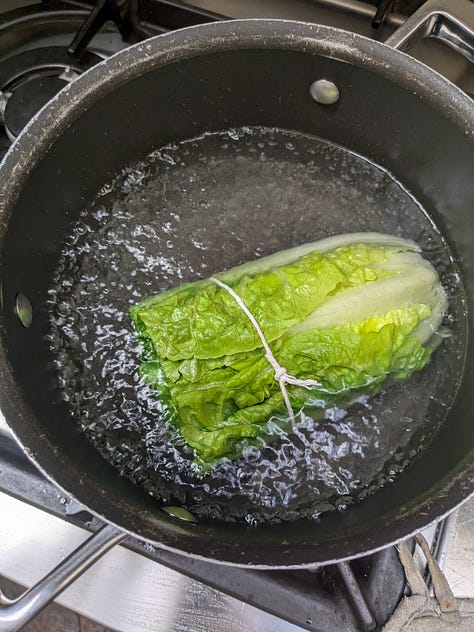
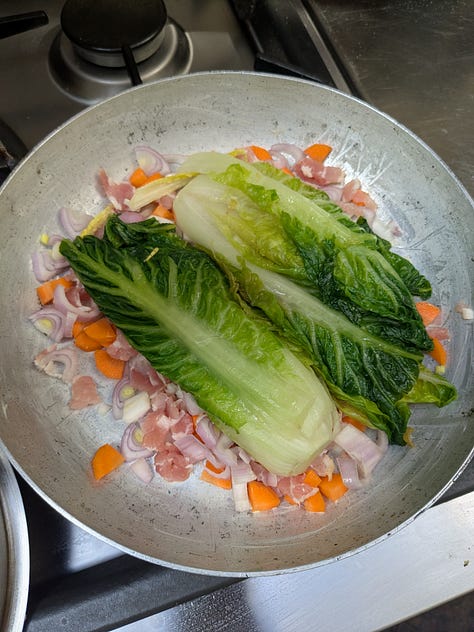

In a generously buttered pan large enough to hold the lettuces in one layer, spread a shallow layer of diced carrot and shallots and finely sliced bacon, enough to cover the base. I was only cooking for 2, so the presentation looks rightly skimpy in this large pan. They should be packed together. It may be irritating not to have specific quantities, but this is a French country dish and it really doesn’t need precision. It’s what you have in the fridge. I used 1 shallot, 1 medium carrot, 2 bacon rashers, and split a large Cos down the middle after blanching.
Place the lettuces tightly together on top. Cover and gently sweat them over a low heat for 5-8 minutes. Remove the foil then pour over enough stock or water to come half way up the lettuces. Add 250g/½lb frozen peas, replace the foil and simmer over medium-low heat until the lettuces are soft, a further 5. Don’t add salt until the end of cooking in case your bacon is very saline.
Strain off the stock into a small pan, and boil briskly to reduce the liquid to a sauce. This could be up to half the liquid depending on how much is left. Check the seasoning then swirl in a generous knob of butter and a good squeeze of lemon juice, pour over the lettuces and serve - either on their own with hot crusty baguette or as a side dish.




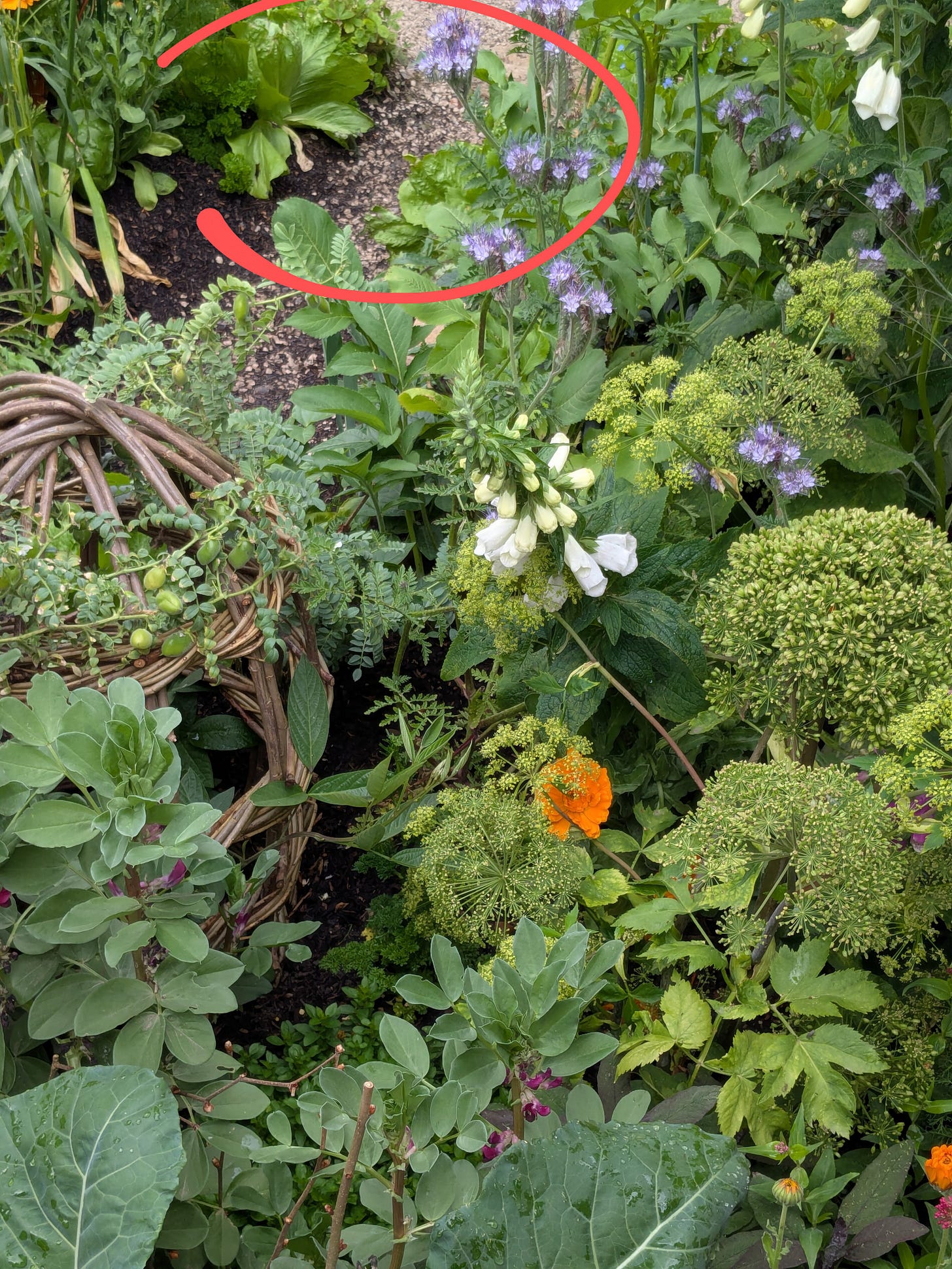
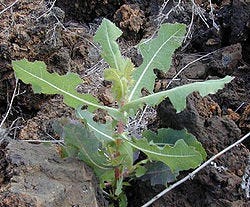

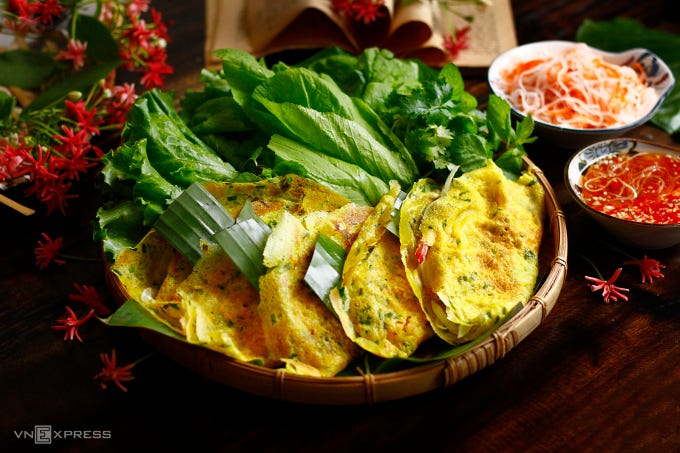
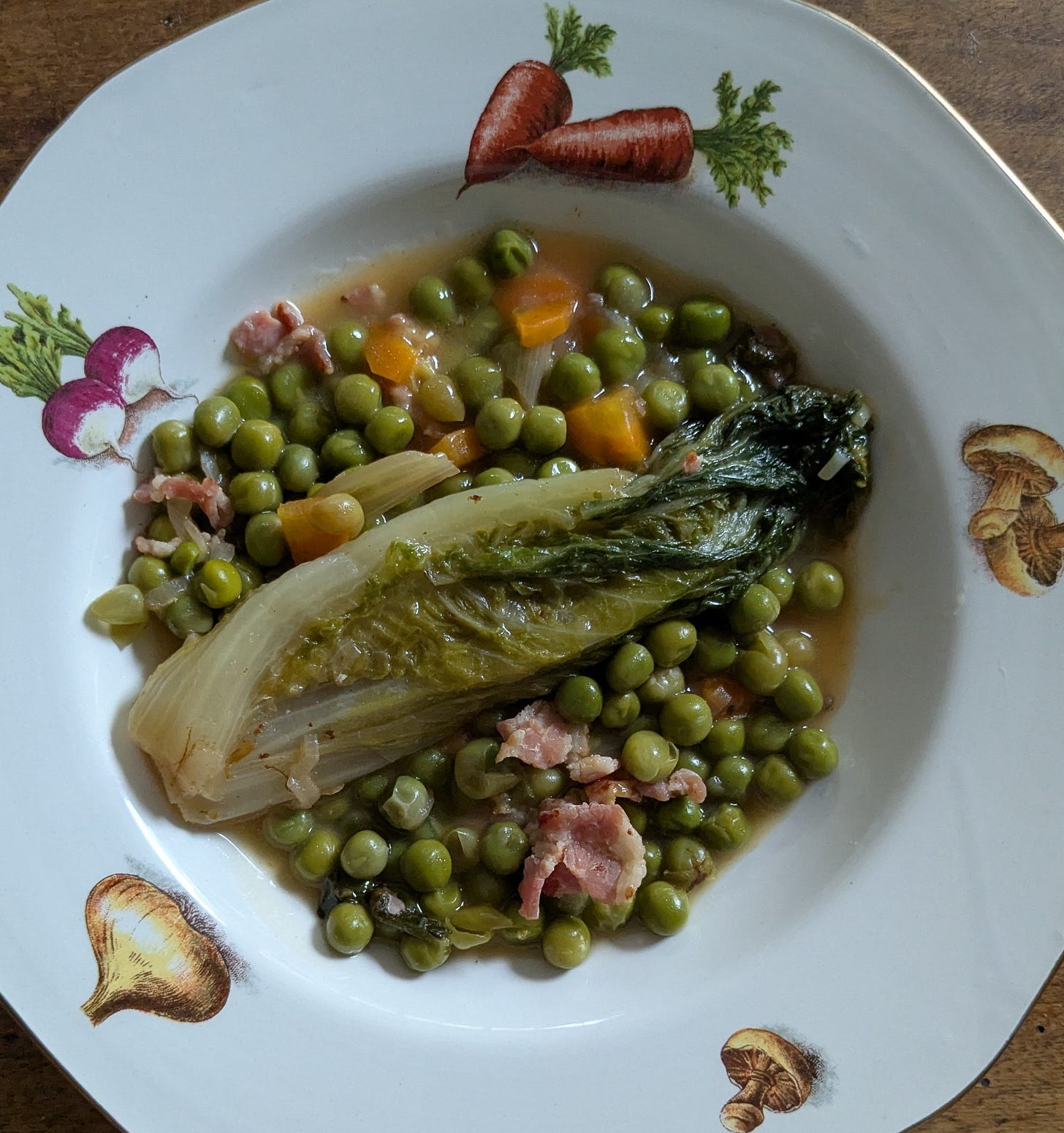
The reputation of the poor Iceberg is unfair - so much owed to being treated without respect. If only for its texture contribution it deserves better.
One of the things that differentiates mole verde from salsa verde is the addition of chicory or romaine lettuce leaves; the other is toasted pumpkin seeds. The uncooked leaves and seeds get added to the blender jar, along with roasted onion, garlic, tomatillos, cilantro, Mexican oregano, cumin, and chiles. The puree is simmered for twenty minutes or so, with bay leaf and avocado leaf (I get them dried in Latin markets). The greens add complexity and depth to the mole.